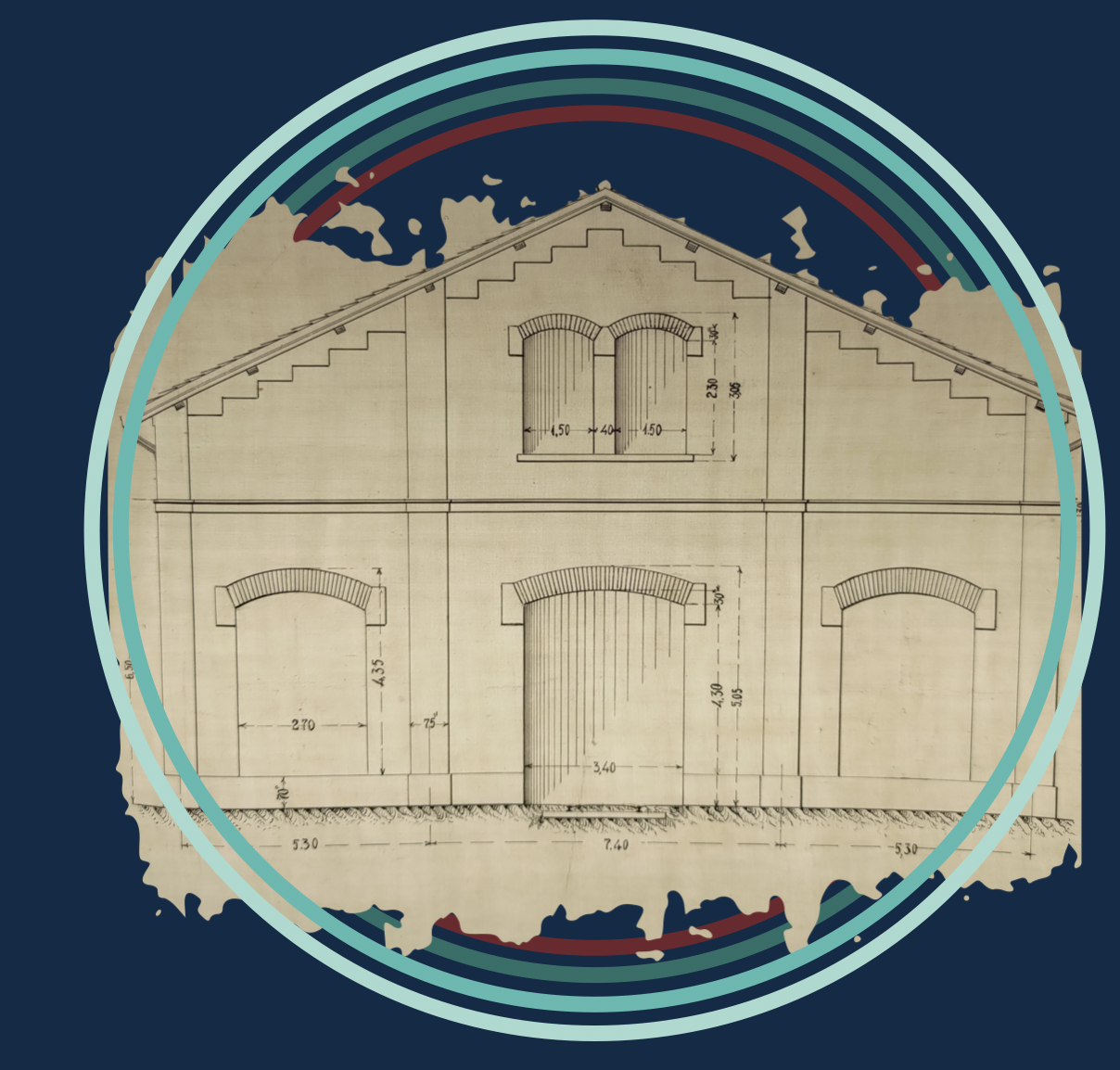In the depths of history, Bologna underwent a captivating journey, intertwining with the ebb and flow of power and the winds of change. The year was 1507 when fate’s hand united Bologna with the Papal States, tethering its destiny to the pontiffs’ rule. Then, like a grand spectacle, the Basilica of San Petronio bore witness to a majestic event—the coronation of Emperor Charles V, a magnificent ceremony orchestrated by Pope Clement VII in 1530.
For centuries, Bologna remained within the Papal States, its streets echoing with the footsteps of devout pilgrims and the murmurs of religious fervor. Yet, destiny once again donned its cloak of transformation in 1796. French troops, bearing the banner of Napoleon, swept into Bologna, leaving an indelible mark upon its walls. However, the pendulum of power swung back with the Congress of Vienna in 1815. Bologna, like a prodigal child returning home, found itself reunited with the Papal States. But tranquility was a fleeting visitor.
The Austrians descended upon the city, their presence casting a shadow of uncertainty over the cobbled streets. Yet, destiny had one final twist in its tale. A fervor for change permeated the air, and on that fateful day of 11-12 March 1860, a plebiscite reverberated through Bologna. The voice of its people, resolute and determined, elected to join the Kingdom of Sardinia. And so, exactly twelve months later, Bologna stood united with a new realm—the Kingdom of Italy.
As the pages of history turned toward the modern era, Bologna found itself caught amidst the tempest of World War II. The skies above grew ominous, as the thunderous roar of bombing raids shattered the tranquility of its ancient streets. Destruction reigned, monuments crumbled, and the heartache of loss touched the lives of more than 3,000 souls. The historic center, once a tapestry of architectural marvels, bore the scars of war. Even the main railway yard, a bustling artery of travel, suffered extensive damage.
But Bologna’s spirit remained unyielding, a flame of resistance burning bright within its courageous inhabitants. The city paid a heavy toll for its defiance, standing firmly against the Republic of Salò and the invading Nazi troops. Amidst the chaos, the Battle of Porta Lame etched itself into the annals of history, an emblem of Bolognese bravery and unwavering resolve. On that fateful day of 7 November 1944, the city’s streets became a battleground, echoing with the clashing sounds of heroism and liberation.
And then, the tides of war began to turn. The date was 9 April 1945 when the battle for Bologna commenced—a struggle that would determine the city’s fate. Days turned into weeks, until that fateful morning of 21 April. The once-occupied city, now abandoned by its German captors, became a stage for jubilation. A collective sigh of relief swept through the streets as an array of liberators emerged. Soldiers from the 2nd Polish Corps, part of the British 8th Army, advanced alongside the vanguards of the 91st and 34th US Divisions. They were accompanied by the valiant Italian ‘Friuli’ and ‘Legnano’ Combat Groups, and the unwavering partisans of the ‘Maiella Brigade.’ Bologna, the city that had weathered the storm, erupted in joy as freedom embraced its people once more.
Today, Bologna stands as a vibrant testament to resilience and progress, an emblem of a city reborn from the ashes of its tumultuous past. Nestled in the northern reaches of Italy, it thrives as a bustling hub of road and rail connections. Its streets teem with life, amidst a backdrop of prestigious cultural, economic, and political institutions. Industries, both mechanical and electronic, thrive in its fertile soil, while the aroma of delectable food permeates its corners. The trade fair districts, advanced and dynamic, position Bologna as a beacon of commerce, drawing the attention of Europe and beyond. In 2000, it earned the illustrious title of ‘European Capital of Culture,’ a testament to its rich heritage and artistic allure. And in 2021, the world marveled at its iconic arcades, as they were honored with the prestigious distinction of a UNESCO World Heritage Site.
Bologna, a city forever entwined with the ebb and flow of history, continues to enchant visitors and locals alike with its captivating story—a tale of resilience, liberation, and the indomitable spirit of its people.
